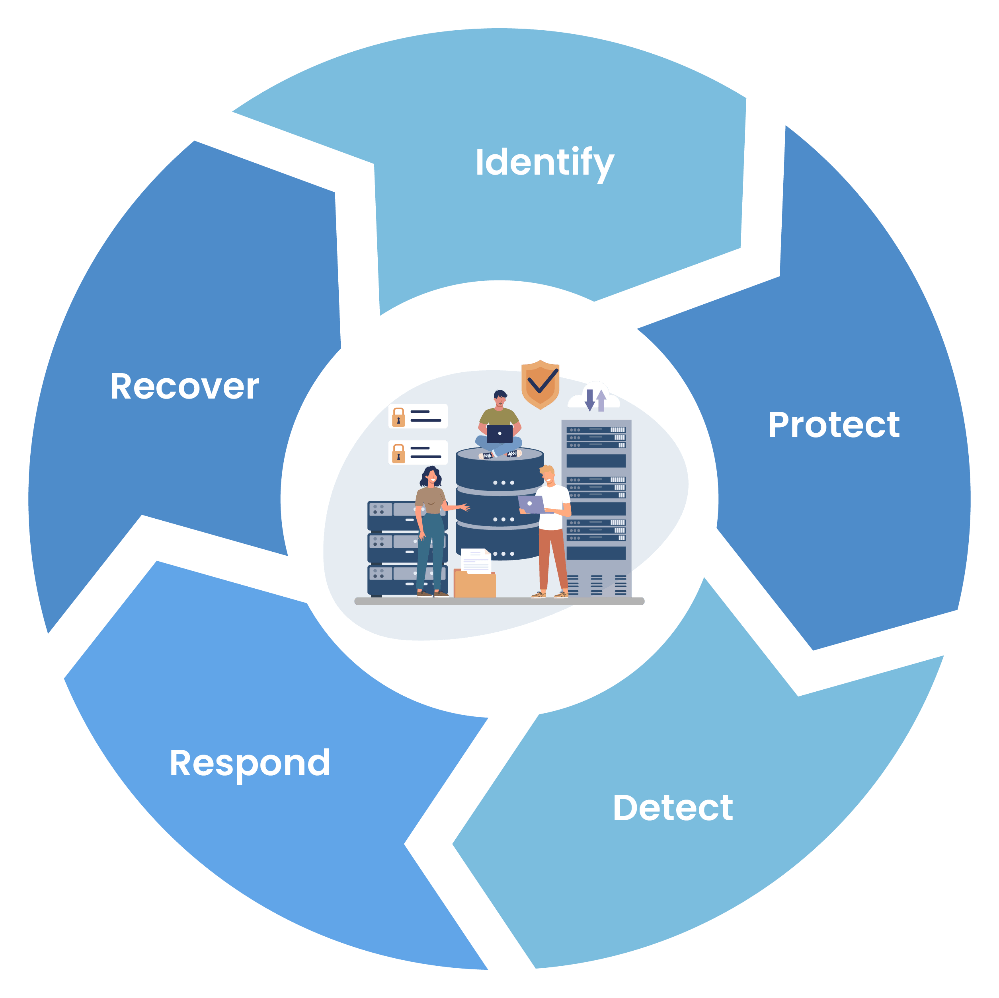Securing Maritime Operations With Cybersecurity Fundamentals

The maritime industry, a cornerstone of global trade, is undergoing a digital transformation. With approximately 90% of global commerce transported by sea, the sector is increasingly reliant on interconnected systems to enhance efficiency, reduce carbon emissions, and remain competitive. However, this digital evolution brings with it a growing risk of cyber threats, making cybersecurity a critical priority for maritime organizations.
In 2017, the International Maritime Organization (IMO) issued its "Guidelines on Maritime Cyber Risk Management," recognizing the urgent need to address cyber risks in the maritime sector. These guidelines, updated regularly, emphasize the importance of managing cyber risks to ensure the safety and security of vessels, crew, and cargo. But how can maritime organizations effectively implement these guidelines and build a robust cybersecurity posture? Getting the basics right is an excellent place to start.
The Basics of Maritime Cybersecurity
Cyber risk management in the maritime sector involves identifying, analyzing, assessing, and mitigating cyber risks to an acceptable level. This process is essential for ensuring operational resilience and safe shipping. The IMO's guidelines outline five key functional elements for effective cyber risk management:
- Identify: Understand the systems, assets, data, and capabilities that, if disrupted, could pose risks to ship operations. Define roles and responsibilities for managing these risks.
- Protect: Implement measures to safeguard systems and data, including firewalls, secure configurations, and access controls.
- Detect: Develop mechanisms to identify cyber incidents promptly.
- Respond: Establish plans to mitigate the impact of cyber incidents and restore operations.
- Recover: Implement measures to back up and restore systems affected by cyber incidents.

While these principles provide a solid foundation, the challenge lies in translating them into actionable steps.
Practical Steps to Strengthen Maritime Cybersecurity
To build a strong cybersecurity foundation, maritime organizations must address several key areas. Below are practical examples of how organizations can implement effective cybersecurity measures:
1. Scope and Asset Management
Does the scope of your risk assessment cover the entire vessel, including all IT and Operational Technology (OT) devices and networks?
Best Practice: Create a comprehensive asset register that tracks the make, model, and operating system version of every device. Assign ownership for each asset to ensure accountability.
2. Firewalls and Security Gateways
Do your vessels have firewalls at the boundaries between internal networks and the internet?
Best Practice: Deploy hardware or software firewalls and ensure they are configured to detect and mitigate attacks. Regularly review firewall rules and disable those no longer required.
3. Secure Configuration
Do your IT and OT devices only contain necessary user accounts?
Best Practice: Remove unnecessary accounts and enforce a password policy that includes guidance on creating strong, non-guessable passwords. For example, ensure passwords are at least 10 characters long and changed from default settings.
4. Access Control
Do you ensure that crew members have only the privileges needed to perform their current job?
Best Practice: Implement the principle of least privilege and regularly review administrative access. Disable accounts for crew members who have left the organisation or no longer require access.
5. Malware Protection
Do you have anti-malware software installed on your IT and OT devices?
Best Practice: Configure anti-malware software to update daily, scan files automatically, and warn users about malicious websites. For OT systems, consider limiting application installations to an approved set.
6. Incident Response and Recovery
Do you have a documented incident response plan?
Best Practice: Develop a clear plan that outlines steps to take during a cyber incident. Train crew members on the plan and conduct regular drills to ensure readiness. Additionally, maintain secure backups of critical data and test them regularly.
A Commitment to Cybersecurity
The practical steps address key aspects of maritime cybersecurity and represent a critical starting point for owners and operators of maritime vessels, across all classifications, to rigorously evaluate their security posture. Implementing controls and processes is not merely a precautionary step, it is a clear demonstration of an organization's commitment to cybersecurity. Such dedication not only mitigates the risk of cyber incidents onboard vessels but also reinforces the confidence of all personnel within the maritime industry.
Craig Wooldridge is Maritime Cyber Baseline Certification Manager at IASME Consortium.
The opinions expressed herein are the author's and not necessarily those of The Maritime Executive.
